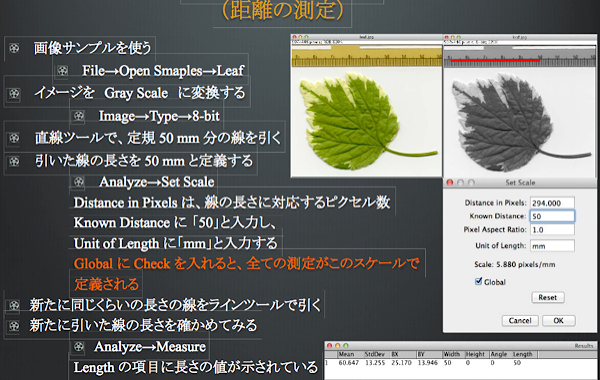

Plugins may not be installed when running macOS 10.12 (Sierra) due to Gateway Path Randomization.

#NIH IMAGEJ FOR MAC UPGRADE#
UpgradingUse the Help>Update ImageJ command to upgrade to the latest version of ImageJ. While there, Rasband became aware of a University of Maryland graduate program that would allow him to pursue his master's degree in computer science.The Edit>Options>Memory command updates the VMOptions key in the Contents/ist XML filein the ImageJ.app bundle.You will get an error message if you do not have write permission for the ImageJ application.To check and/or change the permissions, select ImageJ.app and usethe Finder's File>Get Info command. Shortly thereafter, Rasband was drafted by the US Army and assigned to the Pentagon. He leveraged this expertise to get a job with the State of New Mexico's Department of Automated Processing, where he performed common business-oriented language (COBOL) programming and general systems programming. He was involved early on with the IBM computer punch card systems while still in school. Rasband received his bachelor's degree in math from the University of New Mexico, Albuquerque, in 1965. Rasband created NIH Image, the predecessor to ImageJ, at the NIH in 1987, but the foundation for this program was laid even earlier at the beginning of Rasband's career. To best understand this, one needs to look at how ImageJ started. In this current age of careful oversight and scrutiny from administrative bodies, the story of ImageJ and the independent track that Rasband had in its development is both interesting and telling for other projects. ImageJ became what it is through years of collaborative effort, and NIH nurtured it by providing the resources to support the primary programmer, Wayne Rasband, throughout this period. Despite its original name, NIH Image, and its home at the US National Institutes of Health (NIH) for over 30 years in some form, ImageJ is a product of need, user-driven development and collaboration-rather than a specific plan by the NIH to create it at the onset.
#NIH IMAGEJ FOR MAC SOFTWARE#
Given the great success and impact of ImageJ, one would expect that this application was a software initiative with official backing and formal planning by a central funding body.

It does so not by continuously reinventing itself but by sticking to a core set of design principles that have allowed it to become a modern image-processing platform and yet retain an interface that a user from over 20 years ago would recognize and readily use. Twenty-five years after its introduction the program not only persists but continues to push and drive the field. The scientific image-analysis program, ImageJ (1,2), known in previous incarnations as NIH Image (3), was an early pioneer in image analysis. In this great diversity and change, one software tool has not only survived but thrived. This is due in part to the relative youth of the field, the wide variety of imaging software tools available, sheer diversity of subfields and specialized tools, and the constant creation and evolution of new tools. Although the roles of optical technologies and methods have been well documented, the role of scientific imaging software and its origins have been seldom discussed in any historical context. The modern computer coupled to advances in microscopy technology is enabling previously inaccessible realms in biology to be visualized. One of the fields in which scientific computing has made particular inroads has been the area of biological imaging. The last 50 years have seen tremendous technological advances, few greater than in the area of scientific computing.


 0 kommentar(er)
0 kommentar(er)
